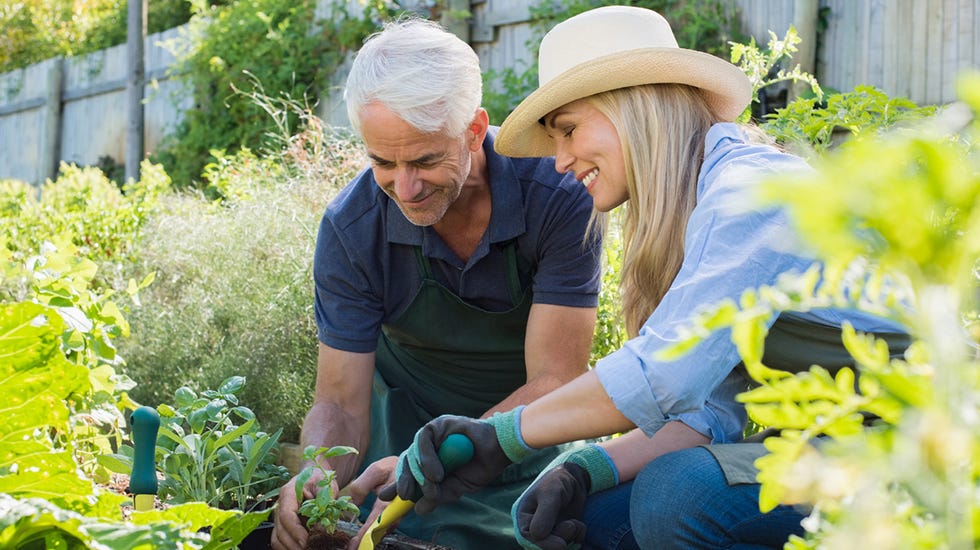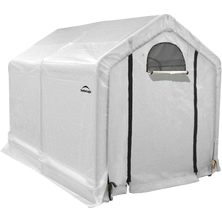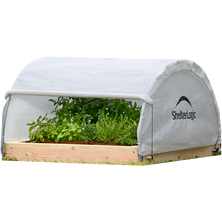Want to get the most out of your garden this year? Find out more about intensive gardening for a highly efficient, productive, and manageable growing season.
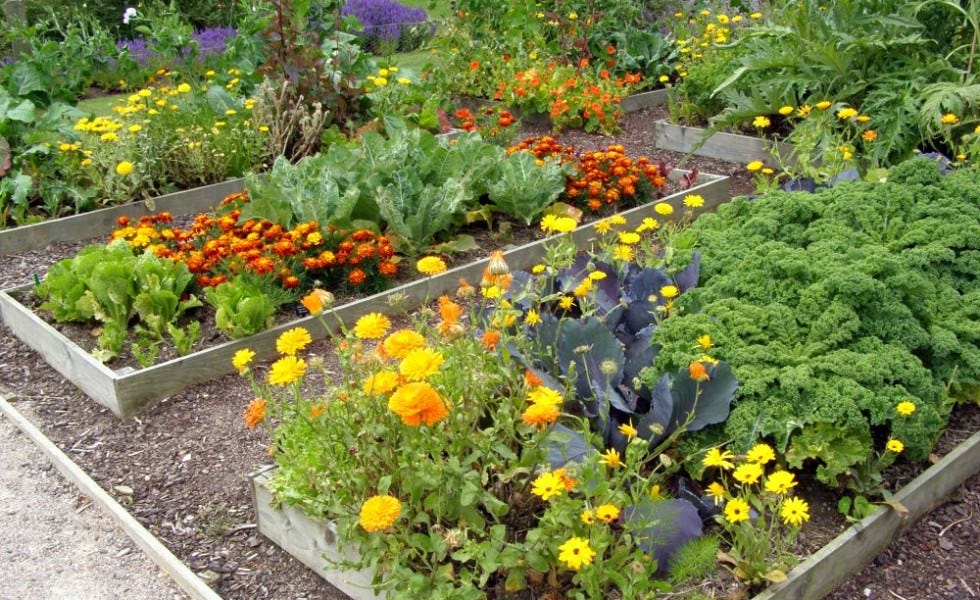 Companion planting example: plant flowers and vegetables in one compact area in order to save space and resources. (Source: HouzBuzz)
Companion planting example: plant flowers and vegetables in one compact area in order to save space and resources. (Source: HouzBuzz)
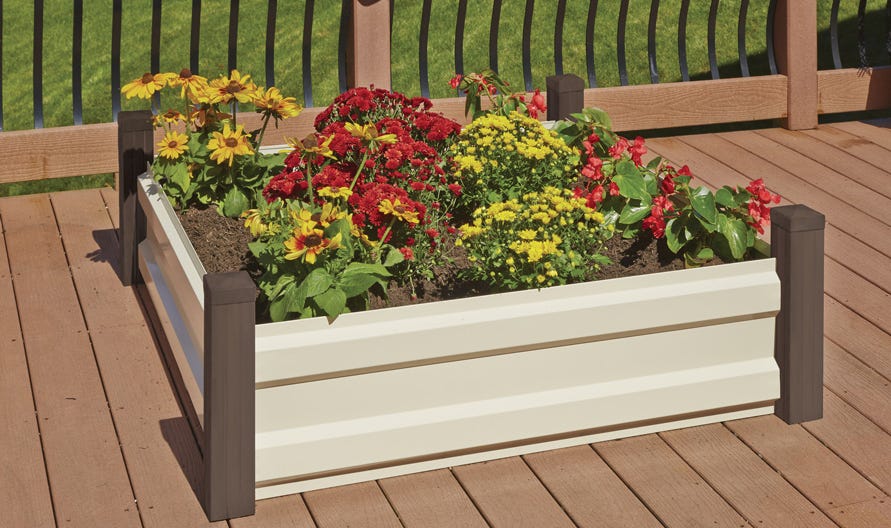
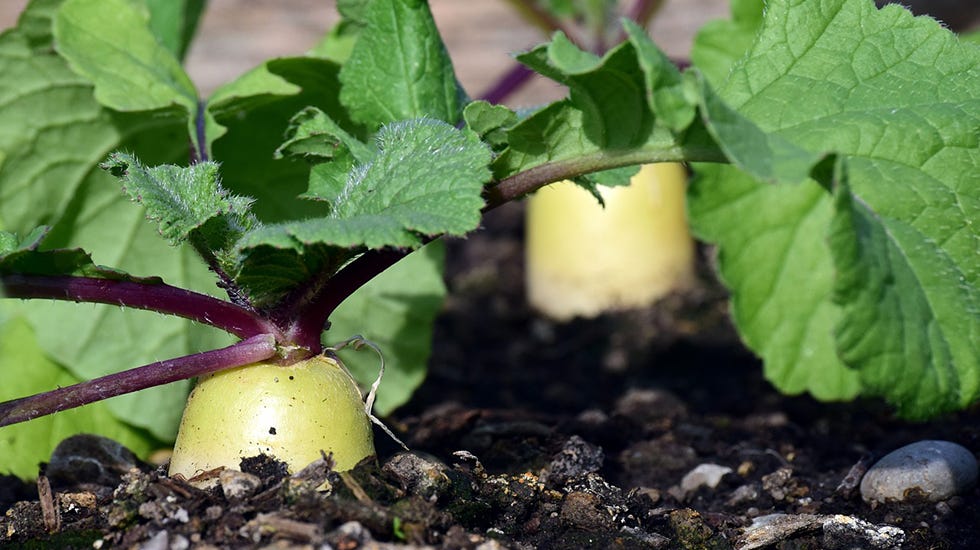
What’s Intensive Gardening?
Intensive gardening requires implementing time-saving and space-saving gardening techniques in order to maximize growing results. This includes planting in more manageable spaces, utilizing organic matter, distinct plant organization, and more that we’ll get into soon. With intensive gardening, you can grow more food in less space while protecting and increasing the quality of your plants. You also potentially decrease weeds, minimize resources, and allow for a non-stop growing season from start to finish.Intensive Gardening Layouts
Typically, gardeners plant in long, single rows in order to maintain crops and keep produce organized. However, these single lines don’t necessarily optimize your gardening space. Dispersed plant rows take up more room, often produce more weeds, and cause the soil to dry out faster. Instead of placing seedlings in rows, intensive gardening involves utilizing space-saving techniques in order to efficiently grow in a concentrated area. See more on these intensive gardening methods: Companion planting example: plant flowers and vegetables in one compact area in order to save space and resources. (Source: HouzBuzz)
Companion planting example: plant flowers and vegetables in one compact area in order to save space and resources. (Source: HouzBuzz)
Companion Planting.
Certain seedling combinations either promote (or diminish) plant growth. Companion planting, or interplanting, allows you to maximize results by pairing certain crops together in your smaller space. By planting certain vegetables, fruits, or herbs side by side, you can effectively repel unwanted pests, minimize weeds, and even enhance the flavor of your produce! When choosing plant pairs, thoroughly understand which companion planting combos work best. Understand both plants' optimal growing season, duration, pattern (tall, short, above or below ground), as well as light, nutrient, and moisture requirements. Alternate between long-season and short-season crops and try to plant small shade-tolerant species under taller crops. Ultimately, choose plants that protect and enhance each other’s growth in order to maximize time, space, and results.Succession Planting.
Succession planting offers a non-stop harvest as long as possible. After one crop is ready, another is planted in the same place. This requires a little extra planning in order to accommodate for every plant’s peak growing season. However, it greatly maximizes your yield for the year. Create a planting schedule, choose the right varieties (this relates back to companion planting), and strategically utilize your designated planting space to amplify results throughout the entire season. By utilizing all available soil space in your garden at all times, you guarantee a more productive and fruitful harvest.Tools and Necessities

Arrow Sheds 4 ft. x 4 ft. SpaceMaker Raised Garden Bed
Raised Garden Beds.
When intensive gardening, you must ensure your soil contains sufficient nutrients and water for competing plants to get what they need. Unfortunately, it can be challenging to make soil amendments when planting in the deep and compacted ground. Raised garden beds provide the ideal growing environment for plants, especially when incorporating intensive gardening. These compact units allow you to effectively adjust your soil to ensure plants maintain the right pH and contain all the basic nutrients needed for a flourishing garden. Focus on directly providing plants with quality water and specific organic materials so you never waste resources on unplanted ground space. Raised beds help also avoid the hassles of soil compaction, frozen ground, weeds, and more.PRO TIP:Want more temperature control over plants to achieve even faster results? Attach a GrowIT Raised Bed Greenhouse to your raised bed for optimal airflow, diffused sunlight, and UV protection over plants. The GrowIT also helps prevent over-heating, so plants require less water and attention for more efficient gardening.
Compost or Organic Matter.
As mentioned previously, soil maintenance and control is absolutely necessary for intensive gardening to work. In order to create an efficient growing environment for plants in your raised bed, use organic materials to ensure soil contains beneficial nutrients and maintains an ideal pH balance. Compost consists of organic matter such as lawn clippings, animal manure, and kitchen scraps to create a nutrient-dense soil that’s perfect for intensive gardening. By utilizing compost, you provide plants with enriched soil that helps retain moisture and repel diseases or pests. Acidifying or alkalizing fertilizers also help correct your soil’s pH. We recommend doing a soil test (especially when companion planting) to determine nutrient content, composition, and pH level to ensure plants efficiently get what they need to grow.A Few Tips


